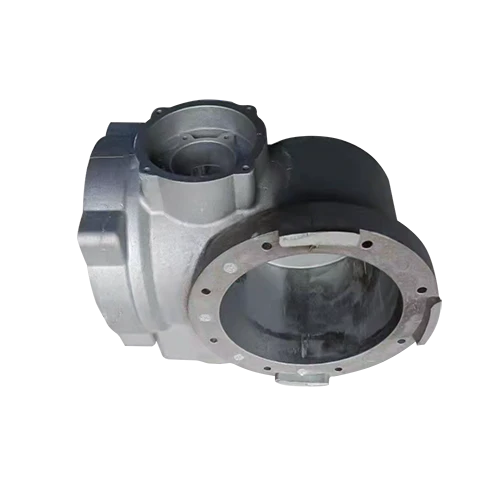Mobile:+86-311-808-126-83
Email:info@ydcastings.com
Understanding Impeller Suction in Pump Systems for Enhanced Performance and Efficiency
Understanding Impeller Suction The Heart of Centrifugal Pumps
Centrifugal pumps are widely used in various industrial applications, water treatment facilities, and even in domestic settings, where fluid movement is a necessity. At the core of this pumping technology lies the impeller, a critical component that plays an essential role in fluid transfer. Understanding impeller suction and its mechanics is vital for anyone involved in the design, operation, or maintenance of these pumps.
What is Impeller Suction?
Impeller suction refers to the process by which fluid enters the pump through the impeller's eye or inlet. When the impeller rotates, it generates a centrifugal force that accelerates the fluid outward, creating a pressure differential that pulls more fluid into the pump. This mechanism is fundamental, as it dictates the pump’s efficiency and flow characteristics.
The design of the impeller significantly influences its suction performance. For instance, a well-designed impeller will create a lower pressure at the inlet, allowing fluid to flow easily into the pump. Factors that affect suction characteristics include the impeller's blade shape, diameter, and angle. The ideal impeller design minimizes cavitation—a phenomenon that occurs when low-pressure areas in the fluid lead to vapor bubble formation, which can cause damage to the pump.
The Importance of NPSH
Net Positive Suction Head (NPSH) is a critical parameter in centrifugal pump operation, directly related to impeller suction. NPSH measures the pressure available at the pump inlet to prevent cavitation. It is crucial for engineers and operators to ensure that the NPSH available (NPSHa) exceeds the NPSH required (NPSHr) by the pump. If NPSHr is not met, cavitation may occur, leading to decreased performance, increased wear, and ultimately, pump failure.
Proper management of NPSH involves considering factors such as the fluid’s temperature, the elevation of the pump compared to the fluid source, and any friction losses in the system. For effective operation, it is recommended to keep a safety margin in NPSH to accommodate variable operating conditions.
Factors Affecting Impeller Suction Performance
Several factors can impact the performance of an impeller's suction capabilities
1. Fluid Characteristics The density, viscosity, and temperature of the fluid being pumped affect how easily the fluid can be drawn into the pump. Higher viscosity fluids can lead to increased friction losses, making suction more difficult.
impeller suction

2. Pump Configuration and Installation The positioning of the pump in relation to the fluid source is crucial. Ideally, a pump should be installed below the level of the fluid source to utilize gravity, and ensure adequate NPSH.
3. Pump Speed The rotational speed of the impeller influences its suction performance. Higher speeds can improve the energy imparted to the fluid, enhancing flow and lowering the chance of cavitation.
4. Wear and Tear Over time, impellers and other internal components may become worn, affecting the pump's ability to maintain characteristics such as suction lift and flow rate.
Troubleshooting Impeller Suction Issues
If a pump is experiencing issues related to impeller suction, it is essential to diagnose the problem methodically. Common symptoms may include reduced flow rate, unusual noises, or visible cavitation. Troubleshooting steps can include
- Inspecting NPSH Conditions Verify that NPSHa exceeds NPSHr and adjust the system as necessary. - Checking for Leaks Ensure there are no leaks in suction lines that could introduce air and disrupt fluid flow.
- Examining Impeller Condition Regular inspections of the impeller can prevent issues related to wear or damage.
- Assessing Fluid Properties Monitor and adjust for changes in fluid characteristics that might affect pump performance.
Conclusion
Understanding impeller suction is fundamental to ensuring the smooth operation of centrifugal pumps. By considering factors such as NPSH, fluid characteristics, and pump configuration, operators can optimize performance, reduce the risks of cavitation, and extend the lifespan of pumping systems. As technology evolves, continuous education on this topic remains paramount for engineers and technicians in various fields.
-
Understanding Metal Casting TechniquesNewsApr.02,2025
-
Understanding Exhaust Manifolds for Enhanced Engine PerformanceNewsApr.02,2025
-
The World of Metal FabricationNewsApr.02,2025
-
Key Components for Pump and Turbo EfficiencyNewsApr.02,2025
-
Essential Tools for Automotive Maintenance and RepairNewsApr.02,2025
-
Durable Valve Components for Effective Water ManagementNewsApr.02,2025











